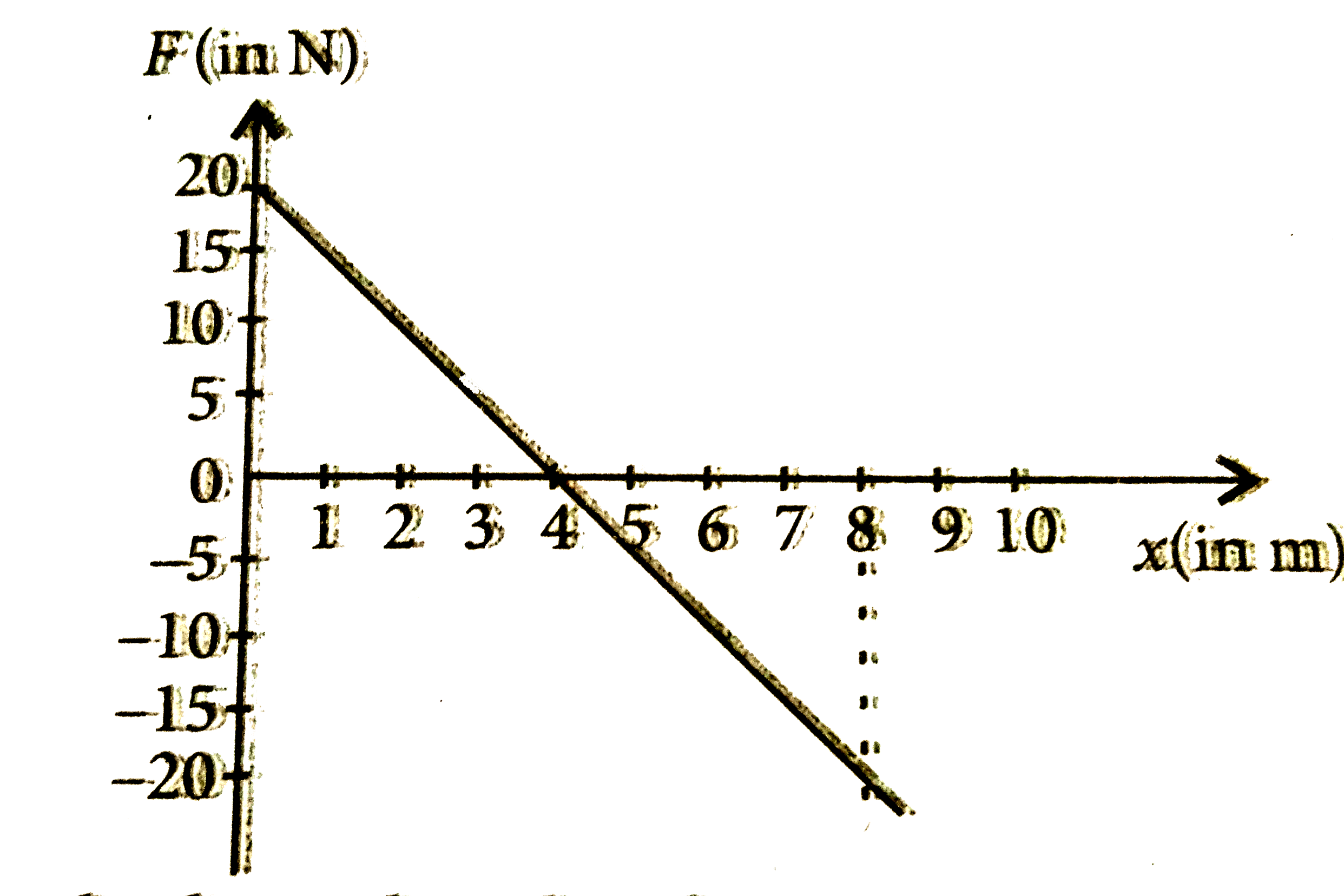A force acts on an object which is free to move. If we know the magnitude of the force and the mass of the object, newton's 2nd law of motion enable us to determine the object is
weight
speed
acceleration
position
The correct Answer is:C
To solve the question, we will apply Newton's second law of motion, which states that the force acting on an object is equal to the mass of the object multiplied by its acceleration (F = m * a).
1. Identify the Given Values:
- Let the mass of the object be m.
- Let the magnitude of the applied force be F.
2. Write Newton's Second Law:
- According to Newton's second law, the relationship between force, mass, and acceleration is given by:
F=m⋅a
- Rearranging this equation allows us to solve for acceleration:
a=Fm
3. Substitute the Known Values:
- If we assume the mass m=5kg and the force F=10N, we can substitute these values into the equation:
a=10N5kg
4. Calculate the Acceleration:
- Performing the calculation:
a=2m/s2
5. Conclusion:
- Therefore, knowing the magnitude of the force and the mass of the object allows us to determine the acceleration of the object. In this case, the acceleration is 2m/s2.
- Let the mass of the object be m.
- Let the magnitude of the applied force be F.
- According to Newton's second law, the relationship between force, mass, and acceleration is given by:
F=m⋅a
- Rearranging this equation allows us to solve for acceleration:
a=Fm
- If we assume the mass m=5kg and the force F=10N, we can substitute these values into the equation:
a=10N5kg
- Performing the calculation:
a=2m/s2
- Therefore, knowing the magnitude of the force and the mass of the object allows us to determine the acceleration of the object. In this case, the acceleration is 2m/s2.
Topper's Solved these Questions
- LAWS OF MOTION, FRICTION AND ARCHIMEDES' PRINCIPLEBOOK - MCGROW HILL PUBLICATIONCHAPTER - LAWS OF MOTION, FRICTION AND ARCHIMEDES' PRINCIPLEEXERCISE - HIGHER ORDER THINKING QUESTIONS
34 Videos
- HEATING AND MAGNETIC EFFECTS OF CURRENT BOOK - MCGROW HILL PUBLICATIONCHAPTER - HEATING AND MAGNETIC EFFECTS OF CURRENT EXERCISE - HIGHER ORDER THINKING QUESTIONS
34 Videos
- MEASUREMENTBOOK - MCGROW HILL PUBLICATIONCHAPTER - MEASUREMENTEXERCISE - ELEMENTARY QUESTIONS (HIGHER ORDER THINKING QUESTIONS)
13 Videos
Similar Questions
Knowledge Check
A force acts on an object which is free to move. If we know the magnitude of the force and the mass of the object, then newton's 2nd law of motion enables us to determine the object's ______.
AvelocityBspeedCaccelerationDdistanceForce acts on an object may change
AdirectionBshapeCspeedDall of aboveForce acts on an object may change
AdirectionBshapeCspeedDall of above
Buoyant force acting on an object is equal to the
View SolutionA force is applied to an object that is free to move. Which of the following statements is correct?
View SolutionIn the above question, the force acting on the object is
View SolutionIf the force applied on the object is in the direction of motion, the speed of the object .........
View SolutionA force F acting on an object varies with distance x

The work done by the force in moving the object from x=0 to x=8 m is
View Solution
